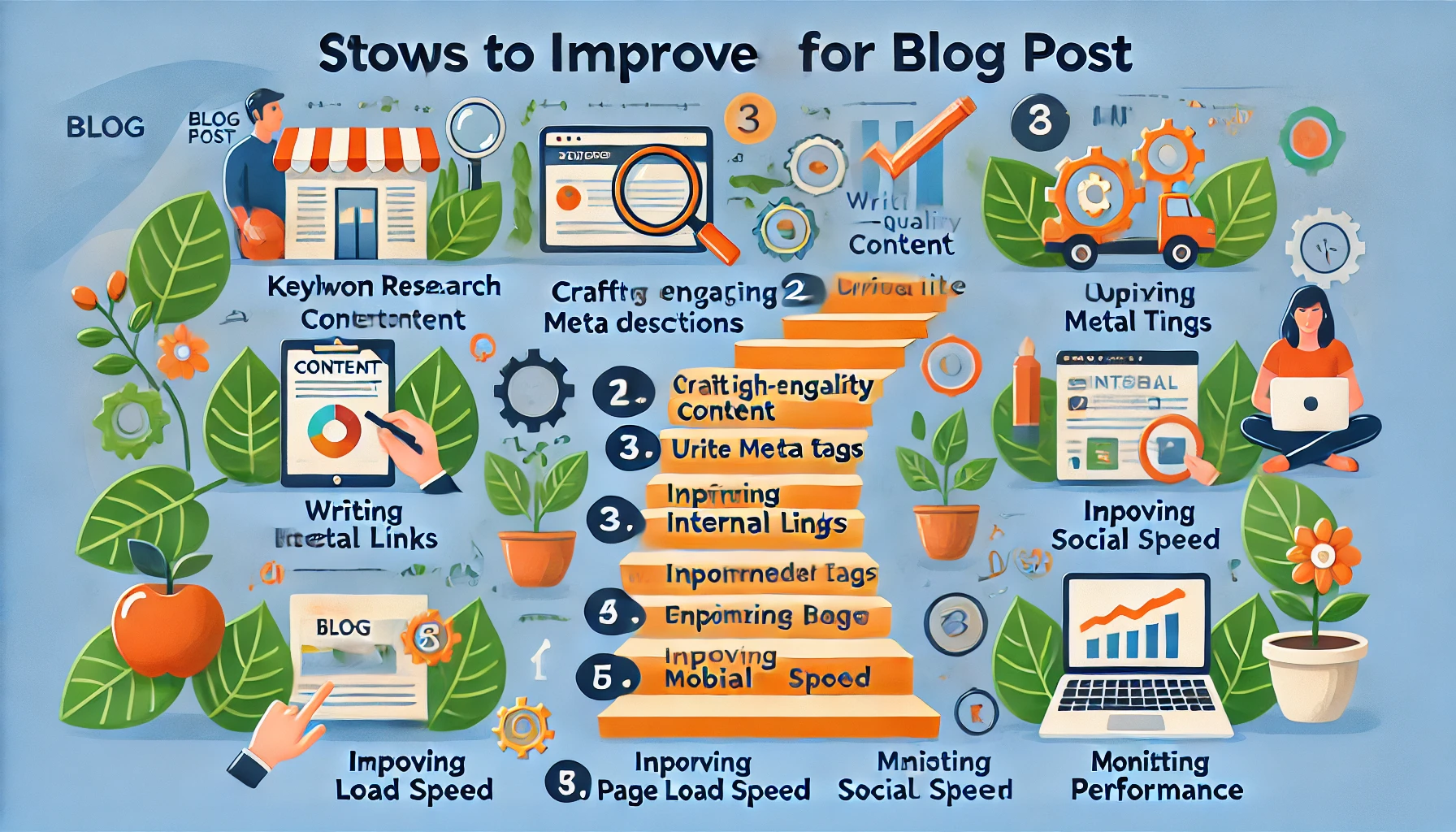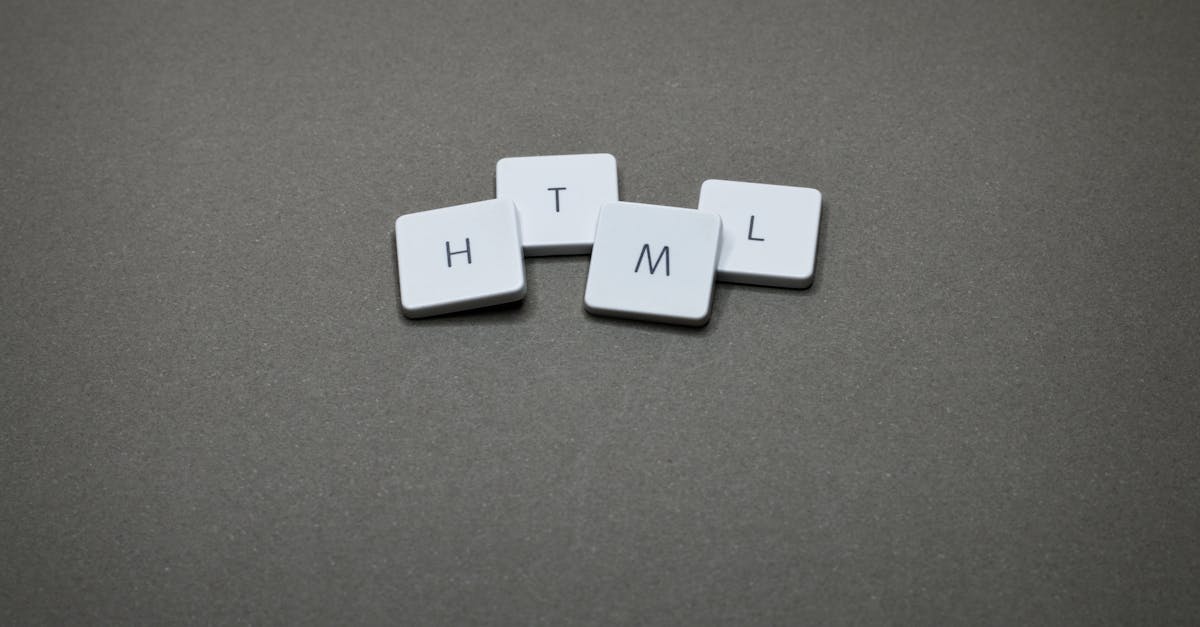
Setting up a blog post for search engines, also known as Search Engine Optimization (SEO), is crucial for increasing visibility and attracting organic traffic. Here are some essential steps to properly optimize your blog post:
Keyword Research
Before you start writing, conduct thorough keyword research to identify the terms your target audience is searching for. Use tools like Google Keyword Planner, Ahrefs, or SEMrush to find relevant keywords with a good balance of search volume and competition. Choose a primary keyword and a few secondary keywords to target within your post.
Crafting an Engaging Title
Your title should be compelling and include your primary keyword. Aim for a title that is between 50-60 characters long to ensure it displays correctly in search engine results. A well-crafted title not only attracts readers but also signals to search engines what your content is about.
Writing High-Quality Content
Content is king in SEO. Your blog post should be informative, engaging, and provide value to your readers. Ensure that it is well-researched and free of grammatical errors. Use your primary keyword naturally throughout the content, but avoid keyword stuffing as it can harm your rankings.
Optimizing Meta Descriptions
The meta description is a brief summary of your blog post that appears in search engine results. It should be between 150-160 characters and include your primary keyword. A compelling meta description can improve your click-through rate by enticing users to click on your link.
Using Header Tags
Organize your content using header tags (H1, H2, H3, etc.). The H1 tag should be used for the main title of your post, while H2 and H3 tags can be used for subheadings. This structure not only makes your content easier to read but also helps search engines understand the hierarchy and main topics of your post.
Incorporating Internal and External Links
Link to other relevant pages on your website (internal links) and to credible external sources. Internal links help search engines crawl your site more effectively and keep readers engaged by directing them to related content. External links to authoritative sites can improve the credibility of your post.
Optimizing Images
Images can enhance the visual appeal of your blog post, but they also need to be optimized for SEO. Use descriptive file names and include alt text with your primary or secondary keywords. Compress images to improve page load speed, as slow-loading pages can negatively impact your search rankings.
Mobile Friendliness
With the increasing number of users accessing the internet via mobile devices, it is essential to ensure your blog post is mobile-friendly. Use a responsive design that adjusts to different screen sizes and test your site on various devices to ensure a seamless user experience.
Improving Page Load Speed
A fast-loading page is crucial for both user experience and SEO. Optimize your website’s performance by minimizing the use of heavy scripts, enabling browser caching, and using a Content Delivery Network (CDN) to distribute your content efficiently.
Utilizing Social Sharing
Encourage readers to share your content on social media platforms by including social sharing buttons on your blog post. Social signals, such as likes and shares, can indirectly impact your search engine rankings by increasing your content’s visibility and driving traffic to your site.
Monitoring and Analyzing Performance
After publishing your blog post, use tools like Google Analytics and Google Search Console to monitor its performance. Analyze metrics such as page views, bounce rate, and average time on page to understand how users are interacting with your content. This data can help you make informed decisions for future blog posts and SEO strategies.
By following these steps, you can effectively optimize your blog posts for search engines, increasing your chances of ranking higher in search results and attracting more organic traffic to your site.







